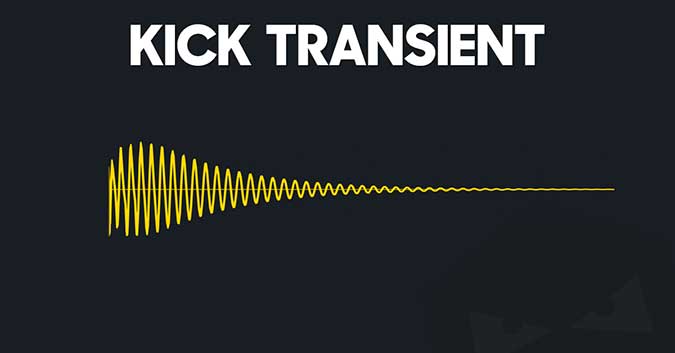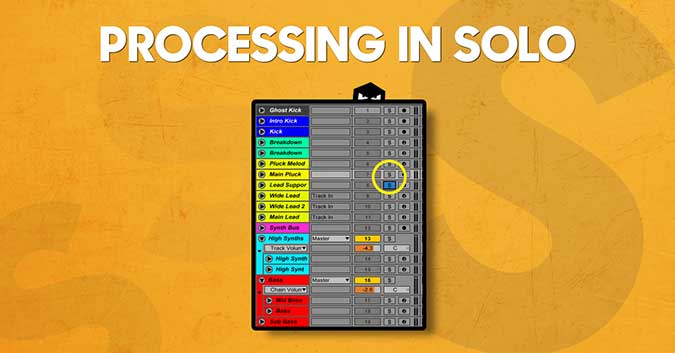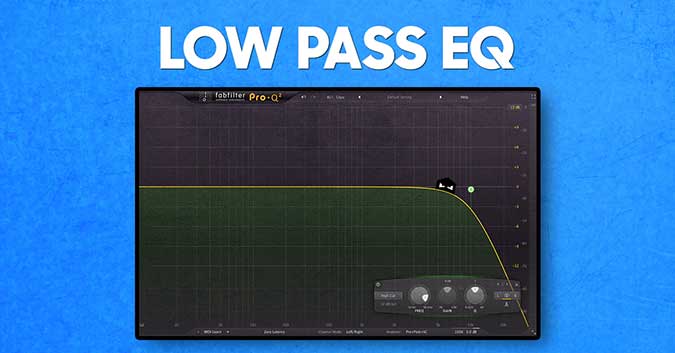#AudiotentTip 89. Kick Transient.
Technique A) If you find your kick lacks bite and doesn't cut through the mix, split it right after the transient. Duplicate the transient onto another channel and blend it in until your kick becomes more defined. This technique allows you to keep the body/low-end of the kick in tact whilst increasing the attack.
Technique B) If you like how your kick sounds in the low-end, but not so sure about it's click, add a short fade in until the click disapears. You are now left with the body of the kick. Next, add a sampler of your choice to another channel and place a MIDI note on the exact same time with your kick.
Set your amp envelope settings to short (decay 15-80ms). Use your sampler to browse through your kick library, you should only hear short clicks coming from an output of your sampler. Loop this together with your original 'body' kick and keep browsing until you find the perfect match. This way you get to best of both worlds, nice click and a great low-end.
Technique C) If you like the way your kick sounds, but it needs extra drive or brightness, layer a high frequency transient on top of it. This could be a high-hat, ride, high-passed noise or percussion.
Technique A) If you find your kick lacks bite and doesn't cut through the mix, split it right after the transient. Duplicate the transient onto another channel and blend it in until your kick becomes more defined. This technique allows you to keep the body/low-end of the kick in tact whilst increasing the attack.
Technique B) If you like how your kick sounds in the low-end, but not so sure about it's click, add a short fade in until the click disapears. You are now left with the body of the kick. Next, add a sampler of your choice to another channel and place a MIDI note on the exact same time with your kick.
Set your amp envelope settings to short (decay 15-80ms). Use your sampler to browse through your kick library, you should only hear short clicks coming from an output of your sampler. Loop this together with your original 'body' kick and keep browsing until you find the perfect match. This way you get to best of both worlds, nice click and a great low-end.
Technique C) If you like the way your kick sounds, but it needs extra drive or brightness, layer a high frequency transient on top of it. This could be a high-hat, ride, high-passed noise or percussion.




Leave a comment
This site is protected by reCAPTCHA and the Google Privacy Policy and Terms of Service apply.